Jul 3, 2024
•
Deft Team
Ready to transform your home into a serene sanctuary? Dive into the world of minimalist interior design and discover how simplicity can bring elegance and tranquility to your space.
Minimalist interior design has taken the world by storm, offering a breath of fresh air to those seeking simplicity and elegance in their homes. This interior design philosophy emphasizes clean lines, uncluttered spaces, and a focus on functionality, creating serene and sophisticated environments.
In this guide, we’ll explore the principles of minimalist interior design, share practical tips, and provide inspiration to help you transform your living space into a haven of tranquility. Whether you're new to minimalism or looking to refine your style, this guide is your go-to resource for creating a clutter-free, beautiful home.
What Is Minimalist Interior Design?
Minimalist interior design is a style that emphasizes simplicity, functionality, and the beauty of uncluttered spaces. Originating from the minimalist art movement of the 1960s and 1970s, this design philosophy focuses on the essentials, stripping away excess to highlight the purity of form and function.
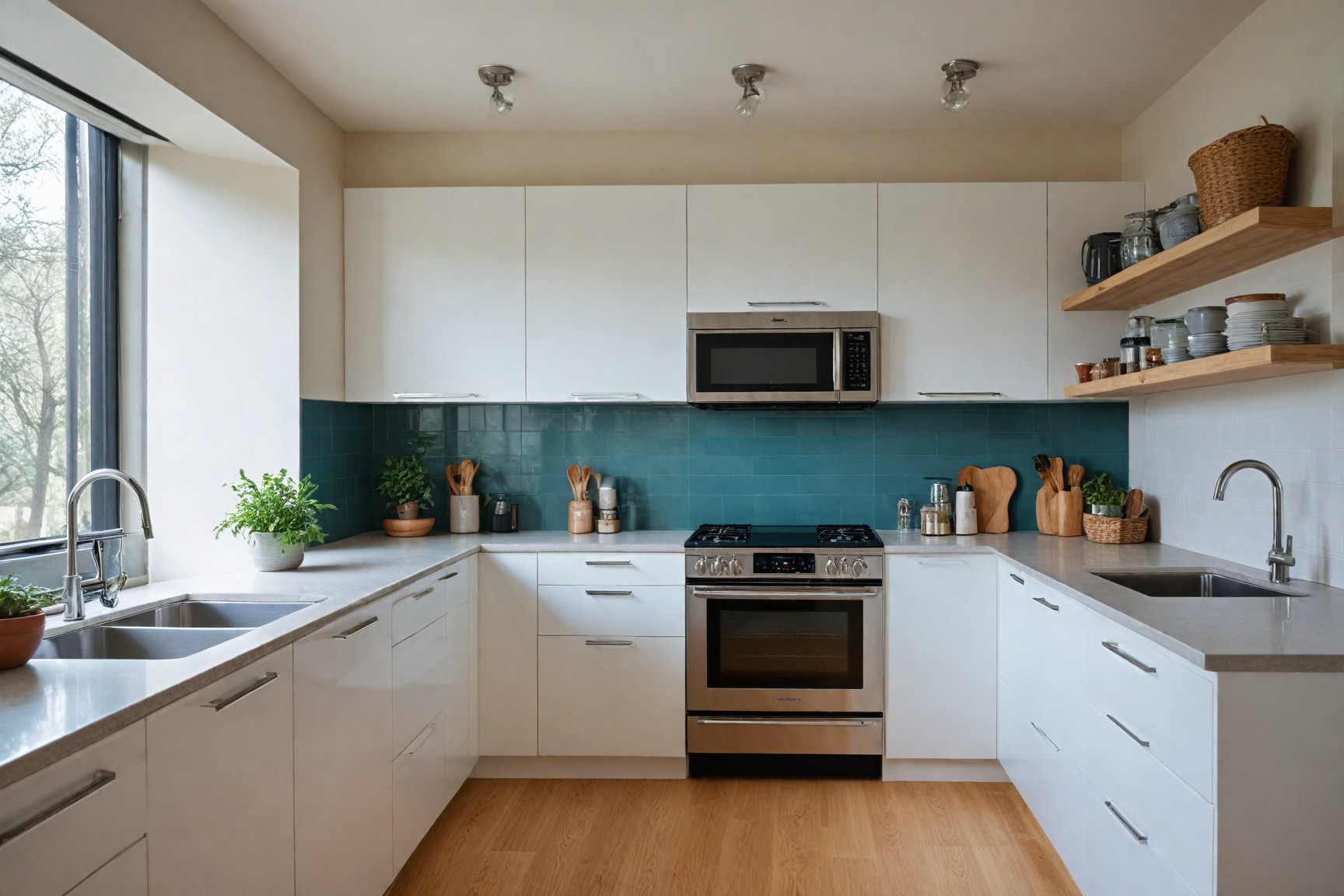
Minimalism has significantly influenced contemporary design, encouraging a move towards sustainable and intentional living. Its principles of reducing clutter and emphasizing quality over quantity resonate with modern lifestyles, promoting a sense of calm and order.
The roots of minimalist design can be traced back to traditional Japanese Zen philosophy, which values simplicity and tranquility. This aesthetic was later adopted by Western architects and designers, leading to the development of the minimalist movement in art and design. Today, minimalist interior design is celebrated worldwide for its timeless elegance and practicality.
Minimalist design isn't just about aesthetics; it's a lifestyle choice that promotes mindfulness and intentionality in how we live and use our spaces. By focusing on clean lines, neutral color palettes, and multifunctional furniture, minimalist interiors create environments that are both serene and practical.
Key Principles of Minimalist Design
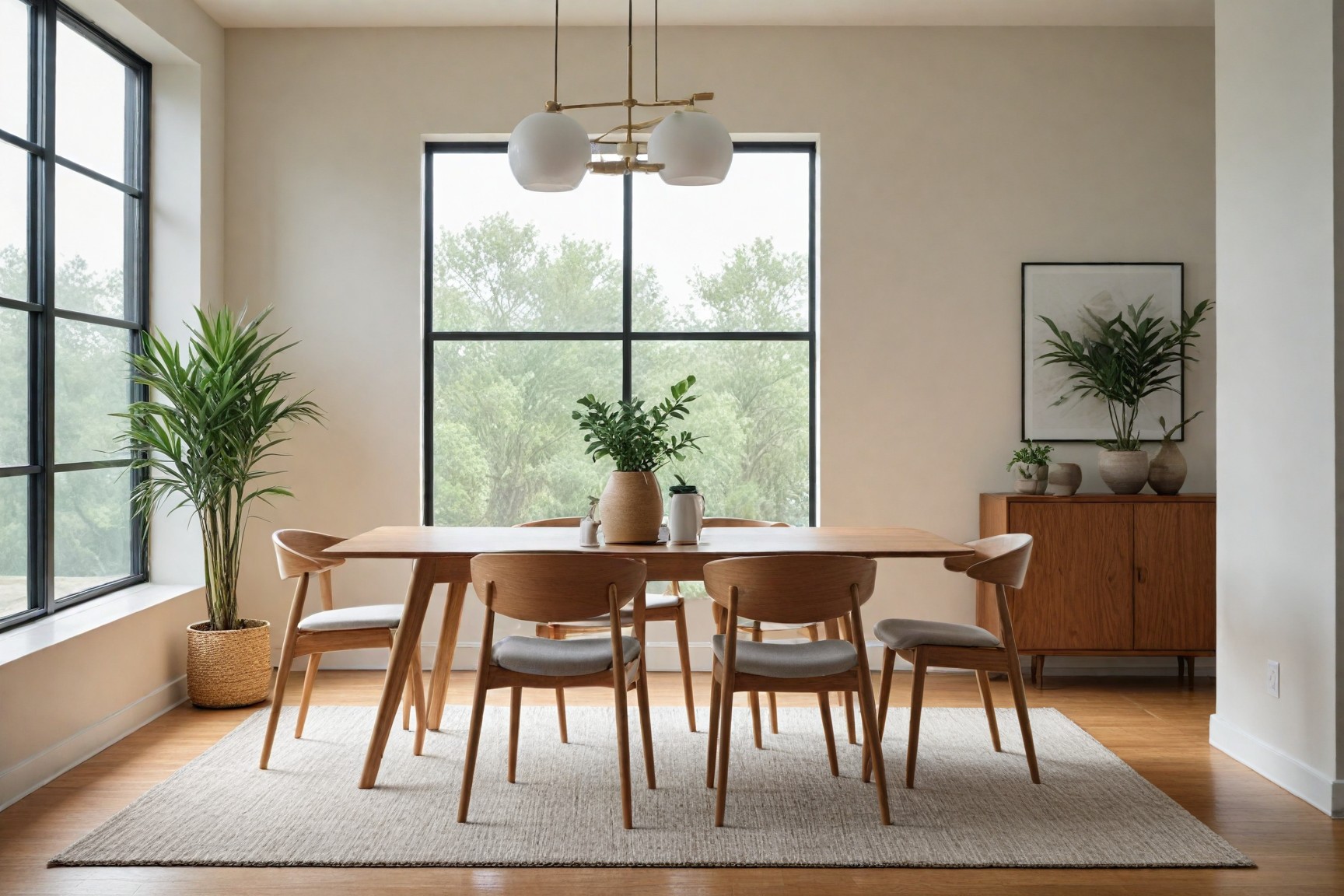
Minimalist interior design is founded on the principles of simplicity, functionality, and clarity. These core tenets work together to create spaces that are serene, purposeful, and aesthetically pleasing.
Simplicity and Functionality
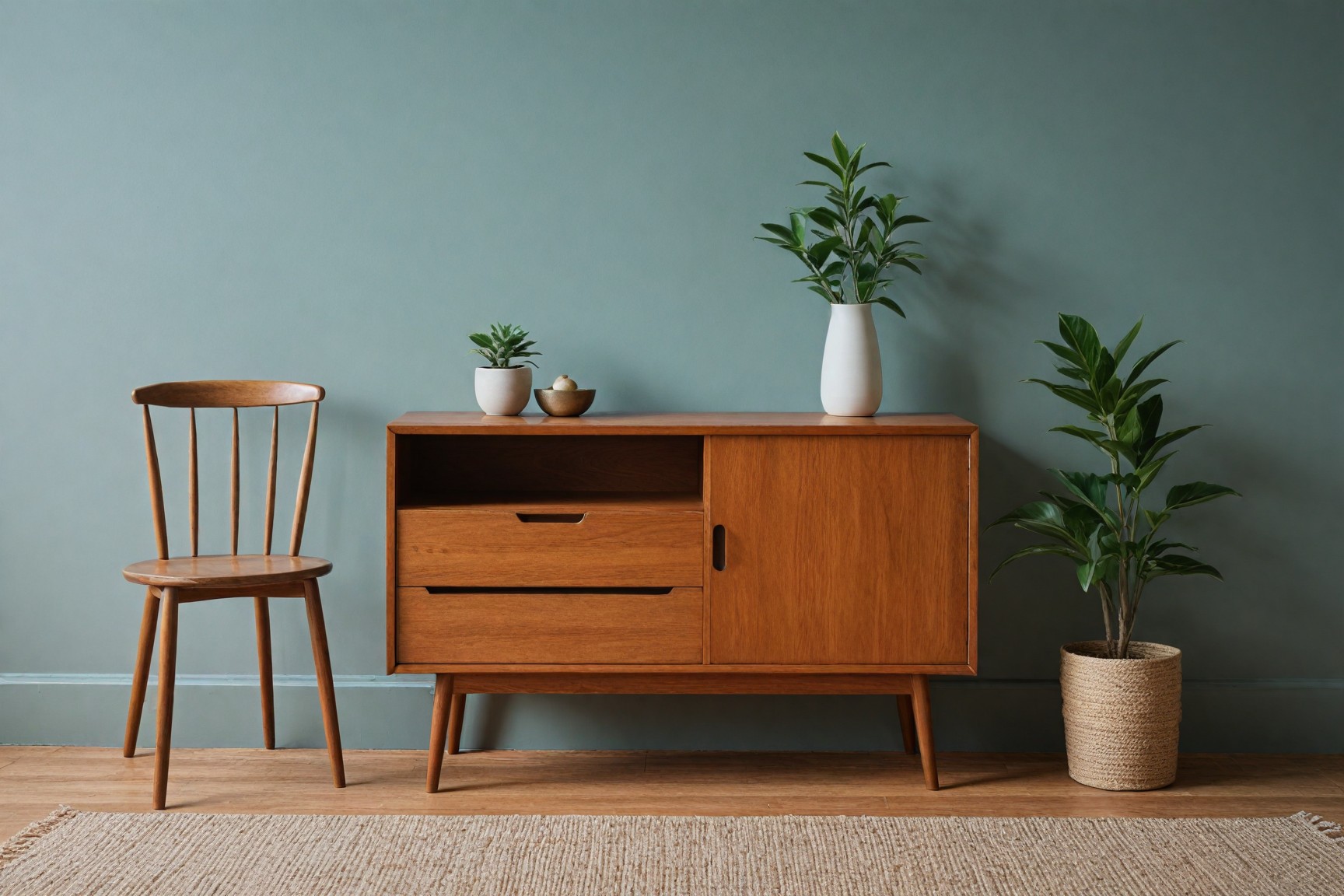
Minimalism prioritizes simple and functional design elements. Furniture and decor items are chosen for their utility and clean, straightforward designs. Think sleek, unadorned pieces that serve a purpose without unnecessary embellishments.
Clean Lines and Surfaces
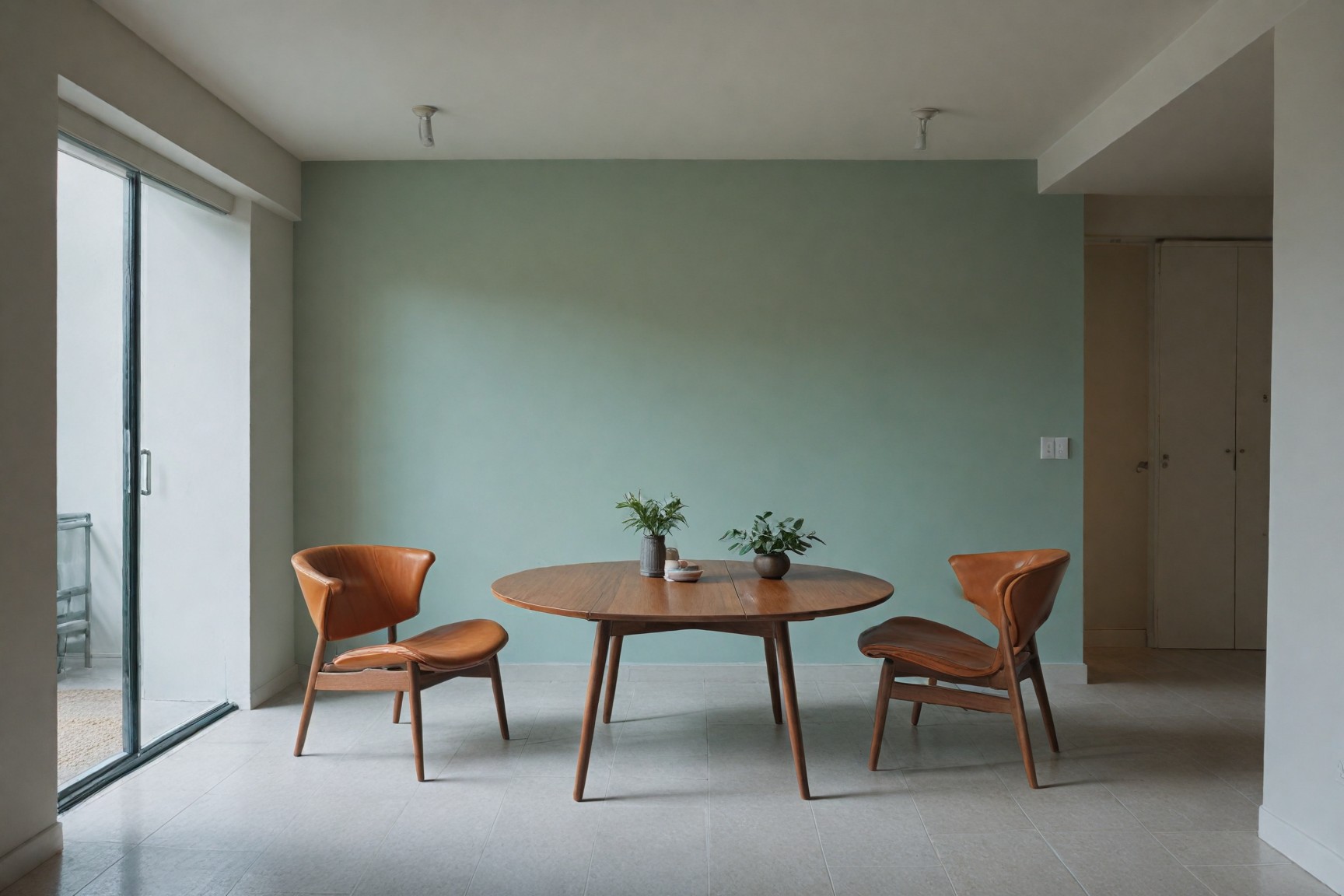
Clean lines and uncluttered surfaces are hallmarks of minimalist design. This aesthetic creates a sense of order and tranquility. To maintain a sleek look, choose furniture with straight lines and avoid overly ornate decorations.
Neutral Color Palette
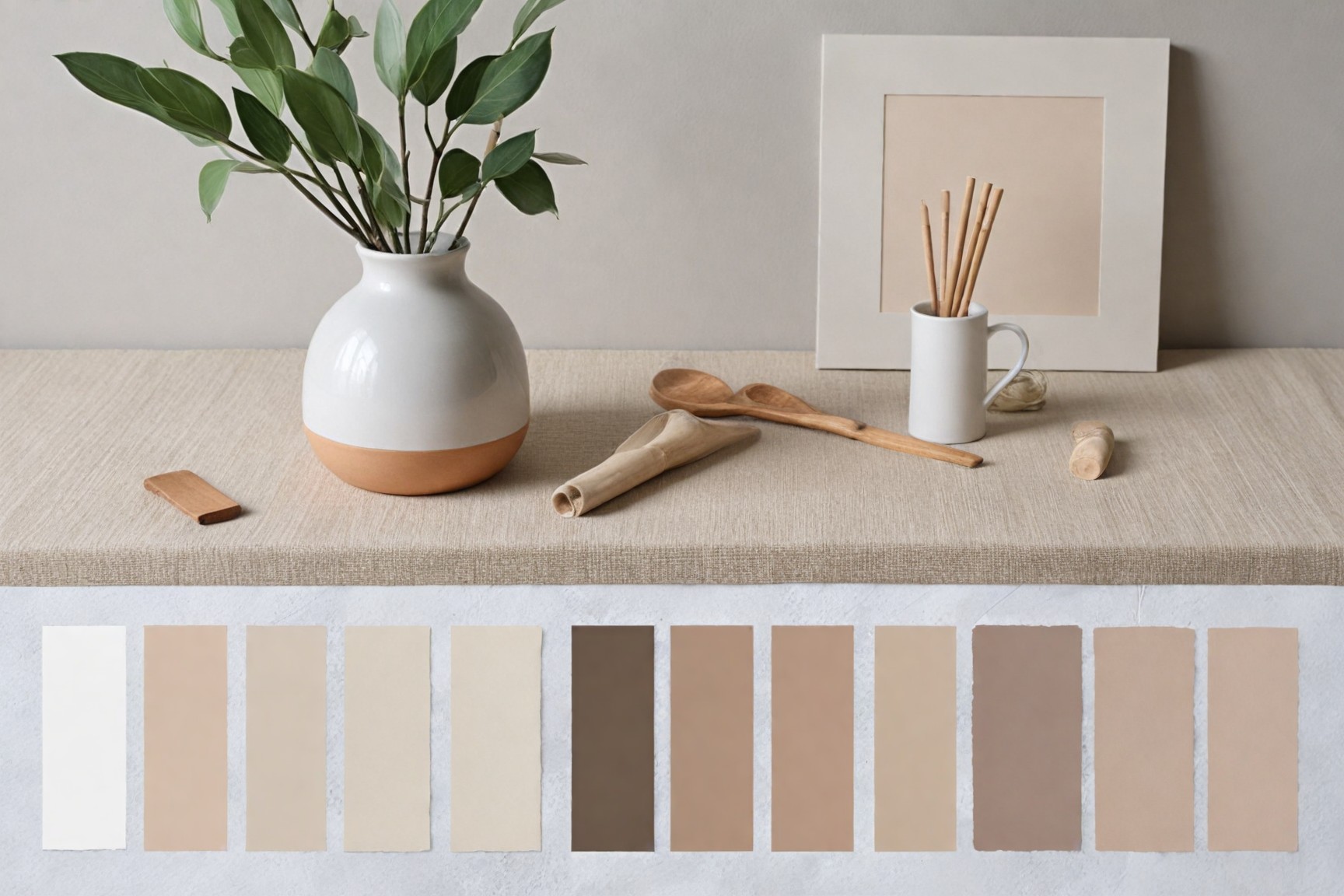
Neutral colors and muted tones are essential in minimalist design. These colors create a calming atmosphere and make spaces feel open and airy. Stick to whites, grays, beiges, and soft pastels to achieve a cohesive color scheme.
Use of Natural Light
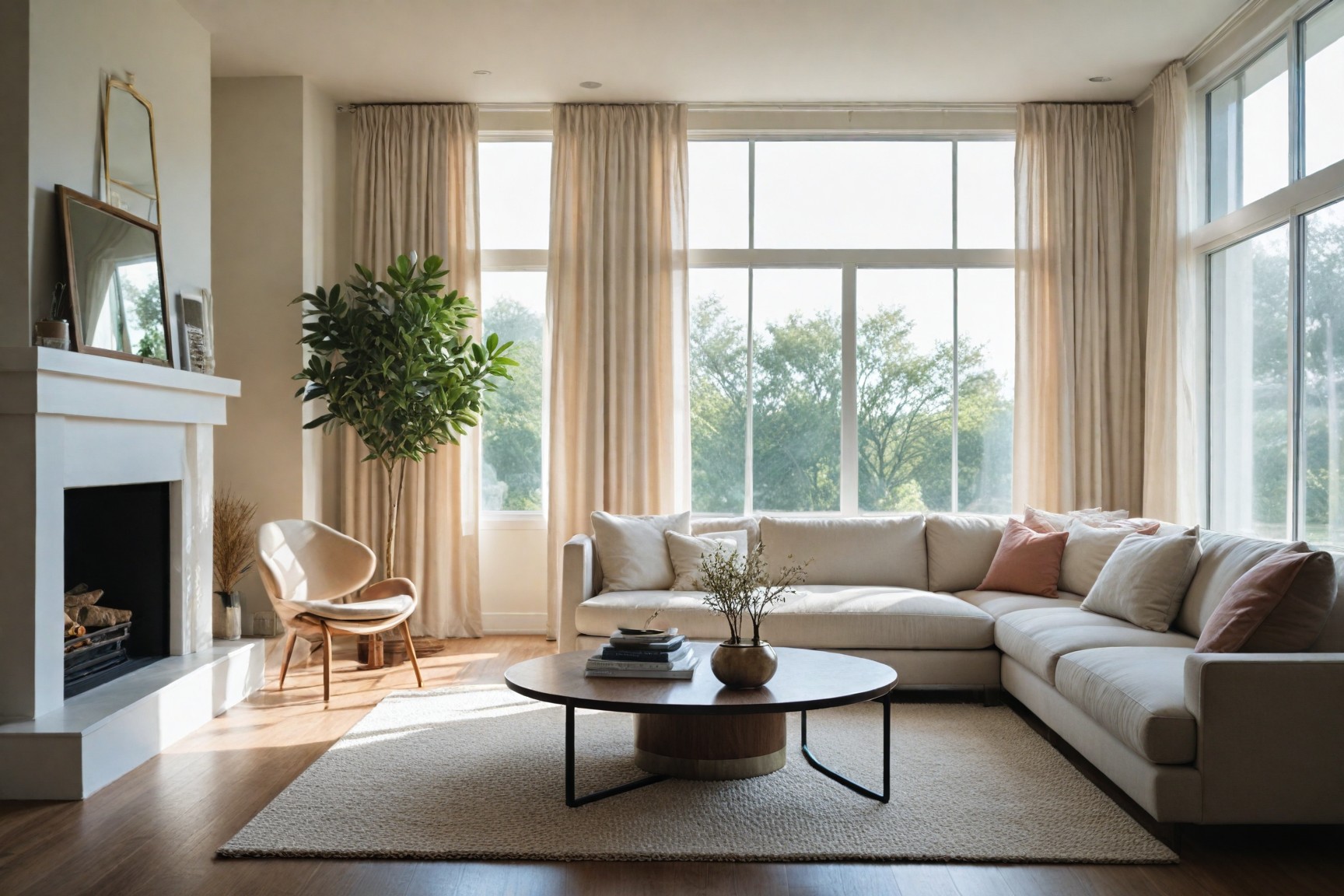
Natural light is crucial in minimalist interiors. It enhances the sense of space and brings warmth to the room. Maximize natural light by using large windows, light curtains, and strategically placed mirrors.
Declutter and Organize
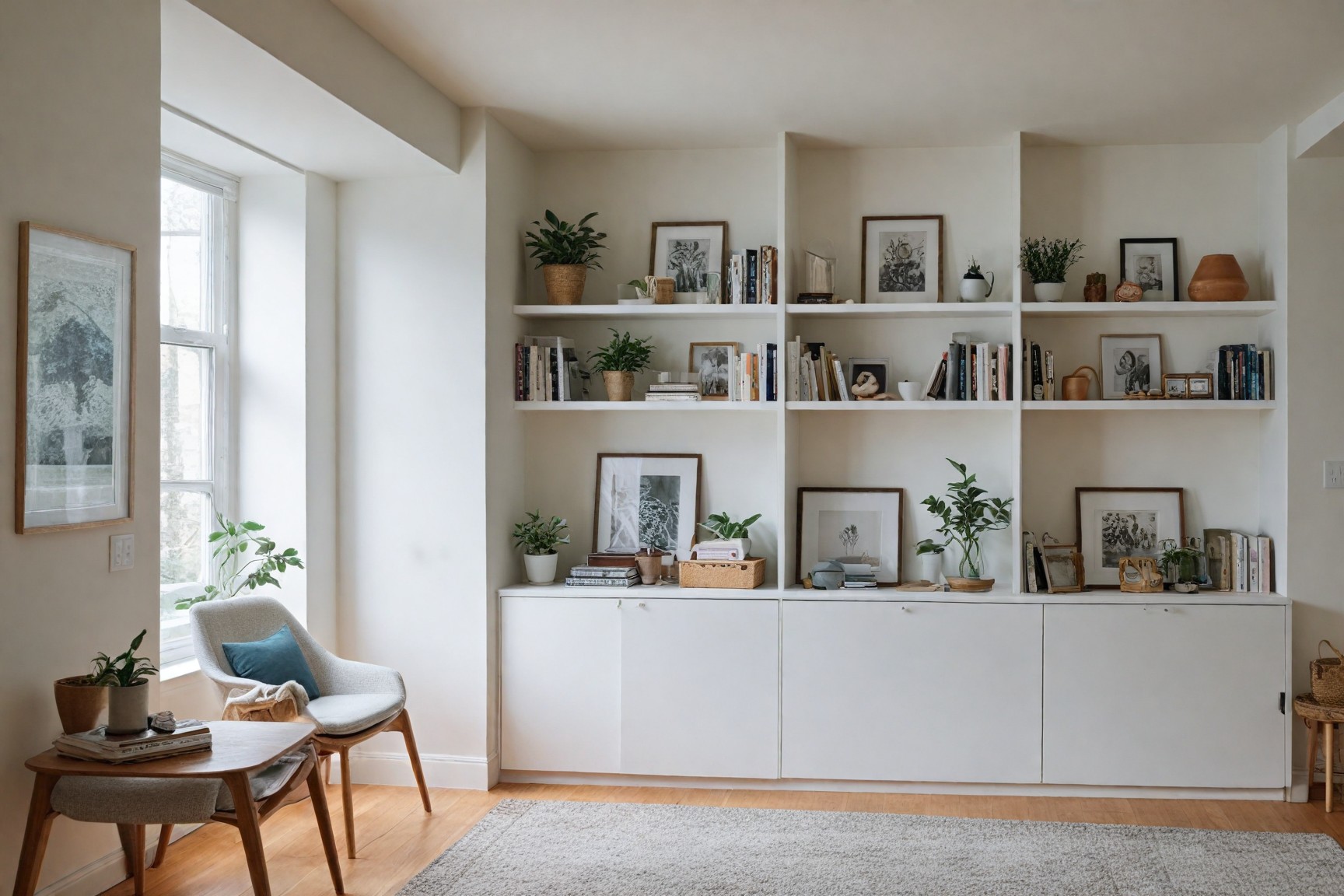
Decluttering is essential to minimalist design. Keeping spaces organized and free of excess items creates a peaceful environment. Use smart storage solutions to keep clutter out of sight and maintain a tidy space.
Incorporating Negative Space
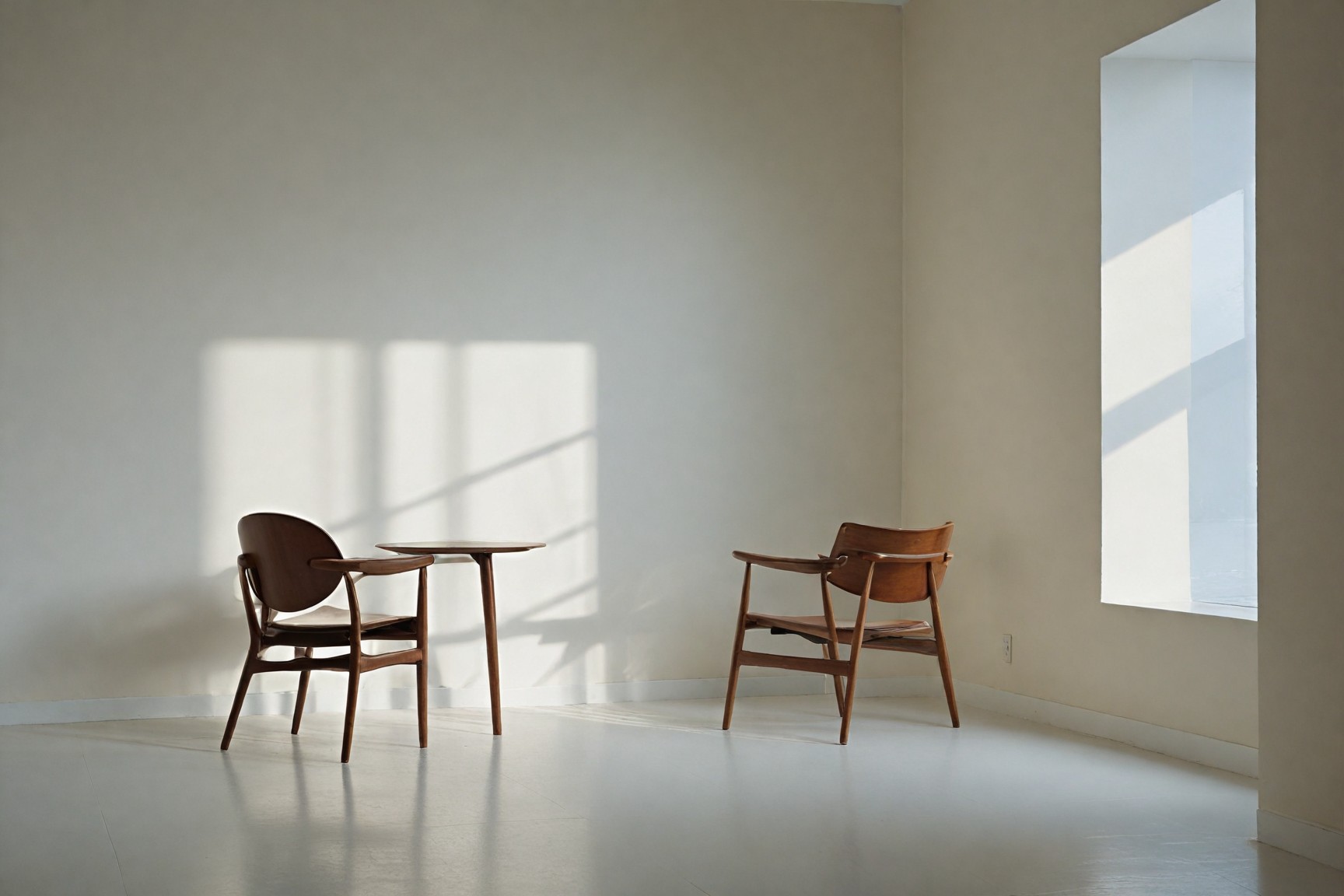
Negative space, or the empty space around objects, is a critical component of minimalist design. It allows the room to breathe and highlights the simplicity of the design elements. Use negative space effectively by avoiding overcrowding and leaving ample room around furniture and decor.
Practical Tips for Achieving Minimalist Design
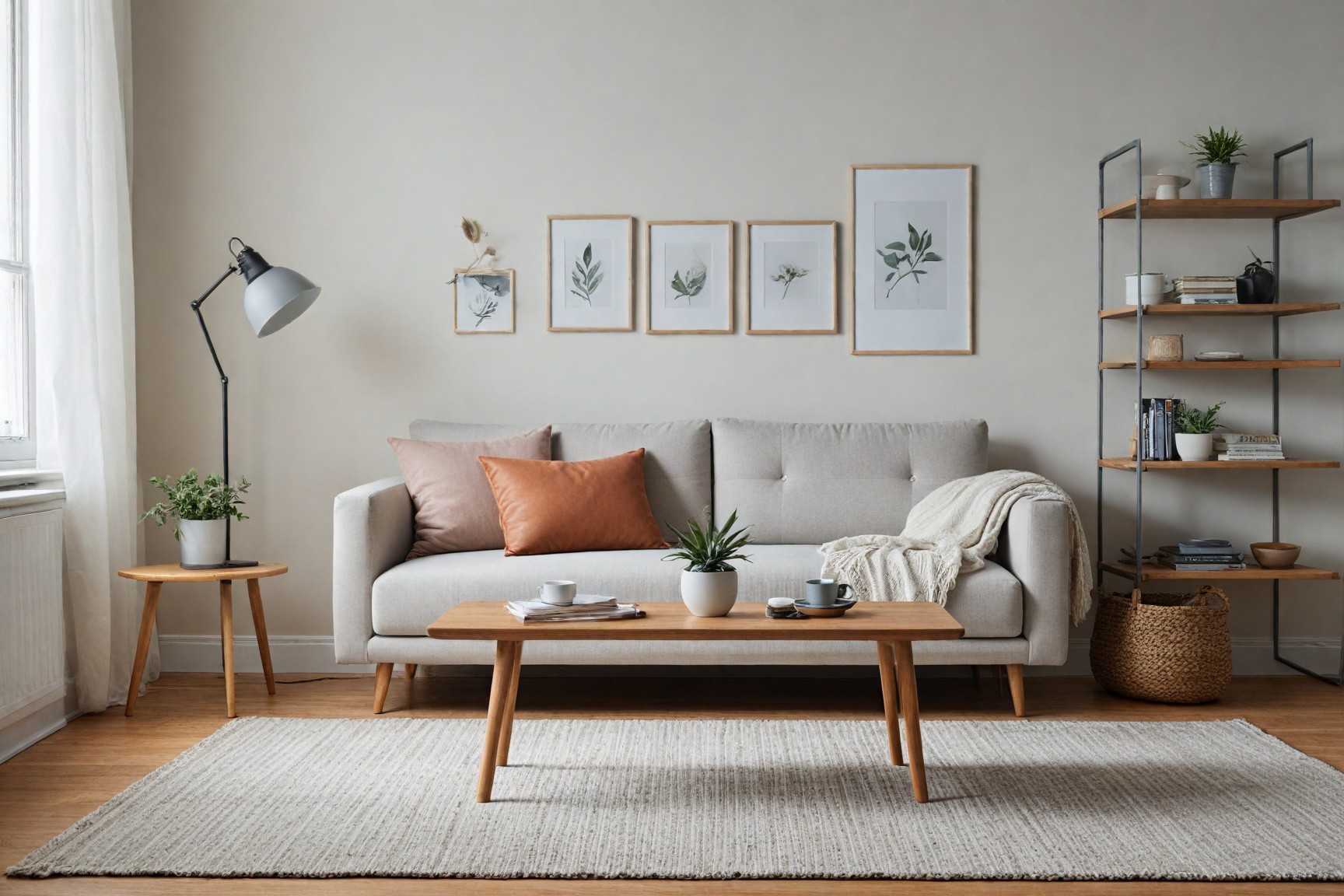
Minimalist interior design requires thoughtful planning and execution. Here are some practical tips to help you create a serene and clutter-free space:
Choose Quality over Quantity
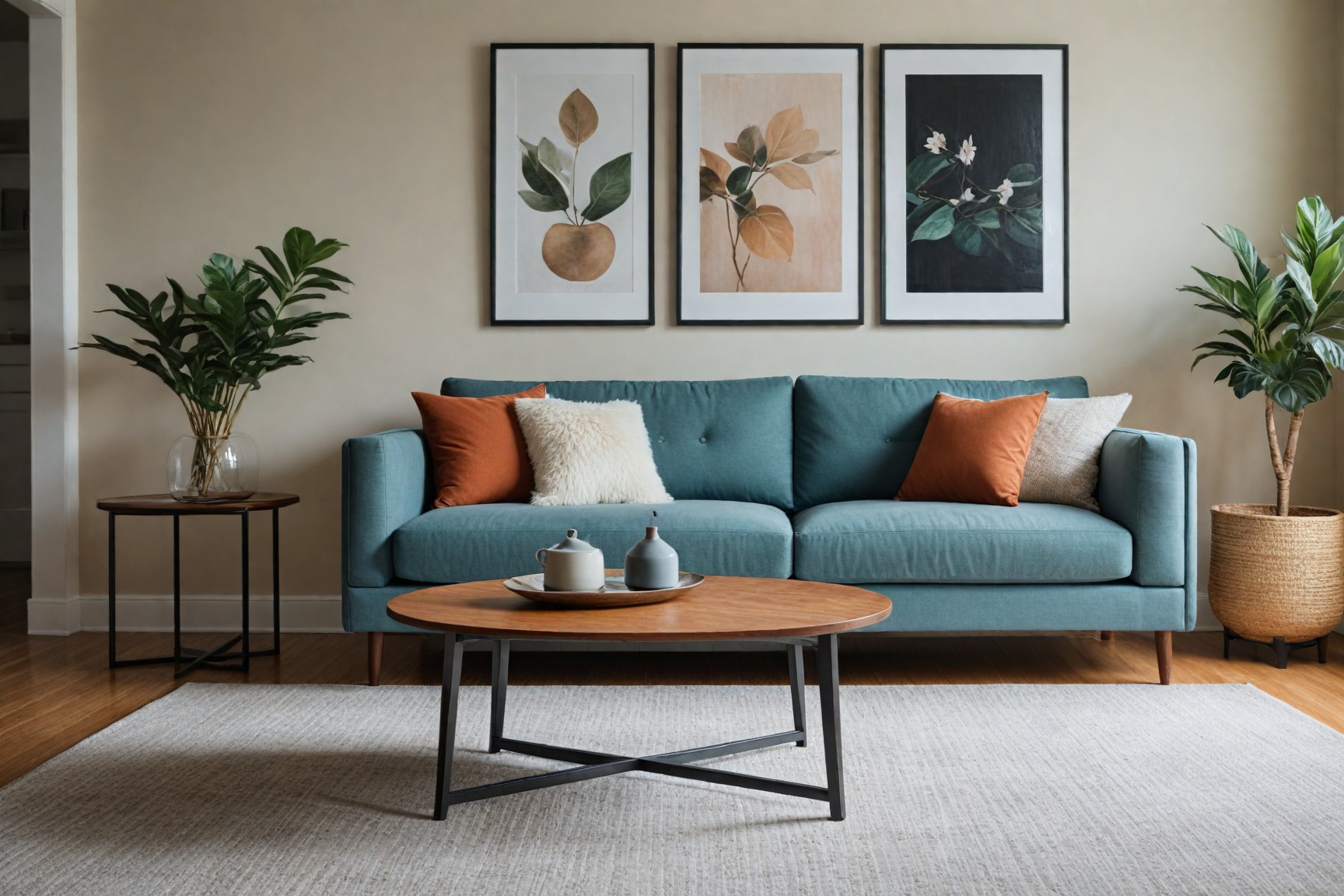
Investing in high-quality, durable pieces is essential in minimalist design. Opt for timeless furniture and decor that can stand the test of time, both in terms of style and durability.
Opt for Multifunctional Furniture
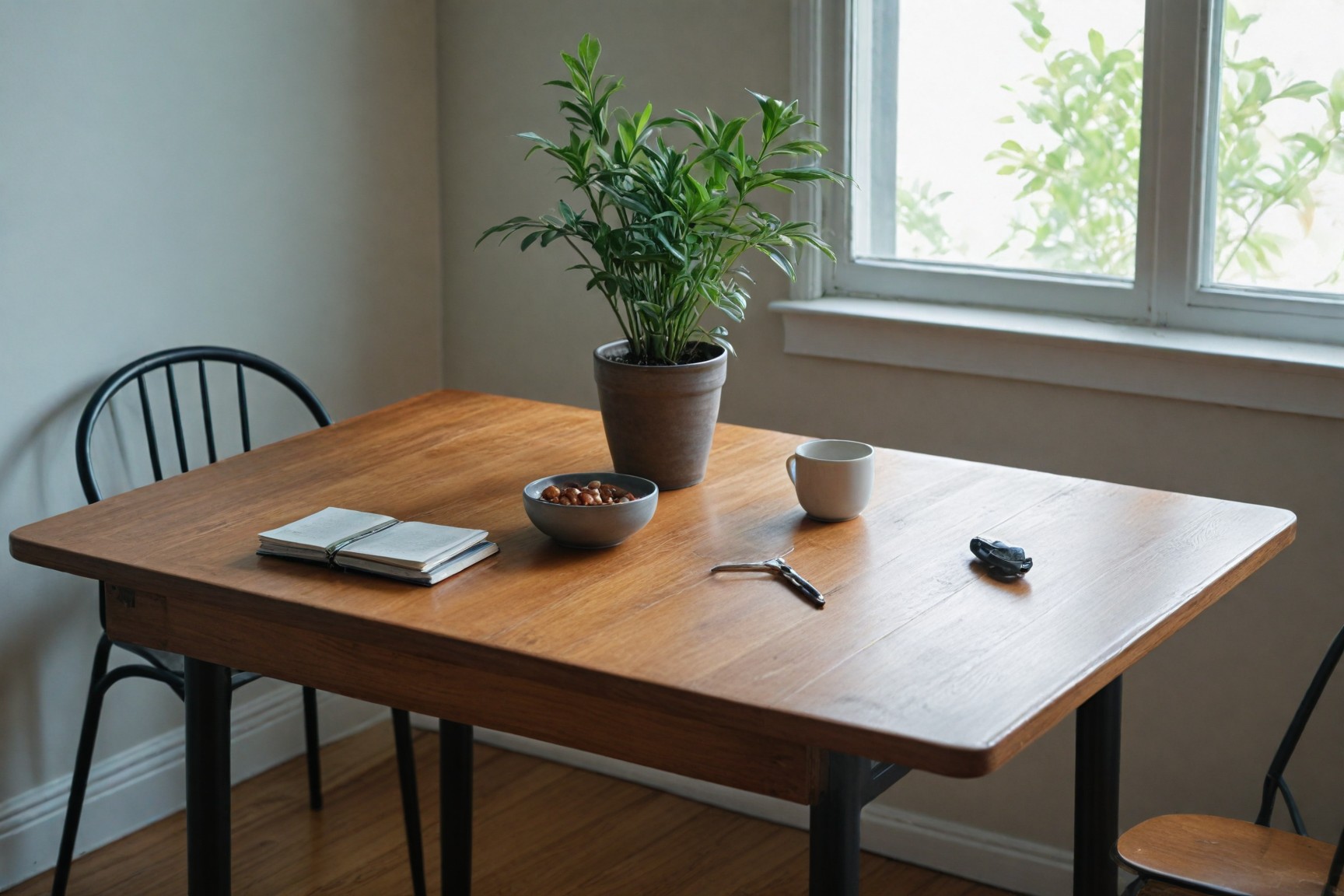
Multifunctional furniture helps maintain an uncluttered space by serving multiple purposes. Consider pieces like a sofa bed, storage ottoman, or extendable dining table.
Incorporate Textures and Materials

Adding different textures and materials can bring depth and interest to a minimalist space without cluttering it. Use materials like wood, metal, and natural fibers to create a cohesive yet dynamic look.
Minimalist Decor Items
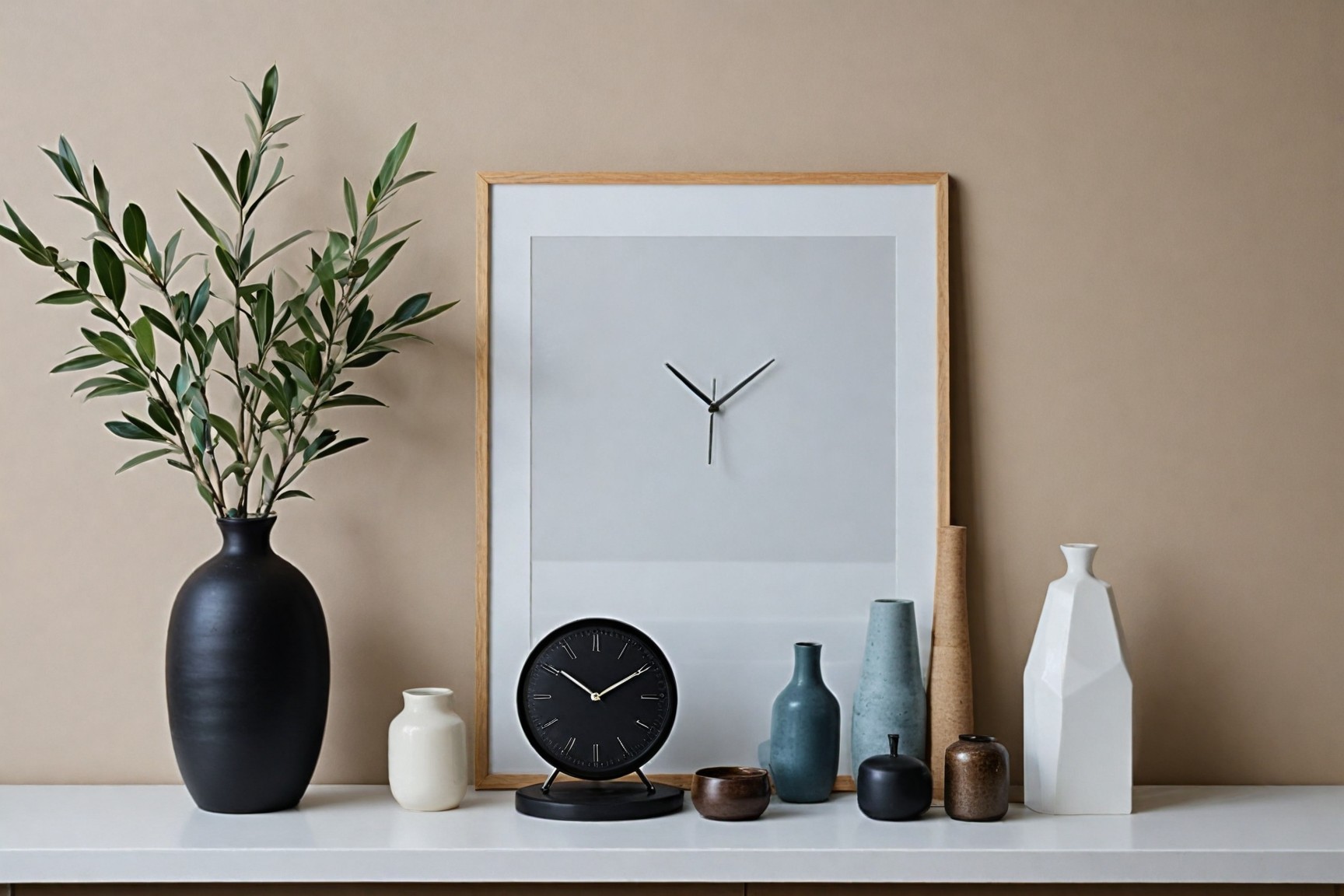
When selecting decor items, less is more. Choose a few statement pieces that complement your space and avoid over-decorating. Think of items like a single large artwork, a sleek vase, or a minimalist clock.
Examples of Minimalist Interiors
Minimalist design can be beautifully applied to various rooms in your home. Here are some examples of minimalist interiors along with tips on how to recreate these looks using similar items.
Minimalist Living Room

A minimalist living room often features clean lines, neutral colors, and functional furniture. Opt for a simple sofa, a sleek coffee table, and minimal decor. Use a few well-chosen pieces of art or a statement lamp to add character without cluttering the space.
Tip: Choose multifunctional furniture like a storage coffee table to keep the room tidy.
Minimalist Bedroom
In a minimalist bedroom, the focus is on creating a peaceful and clutter-free environment. Use a neutral color palette, simple bedding, and streamlined furniture. Incorporate built-in storage solutions to keep personal items out of sight.
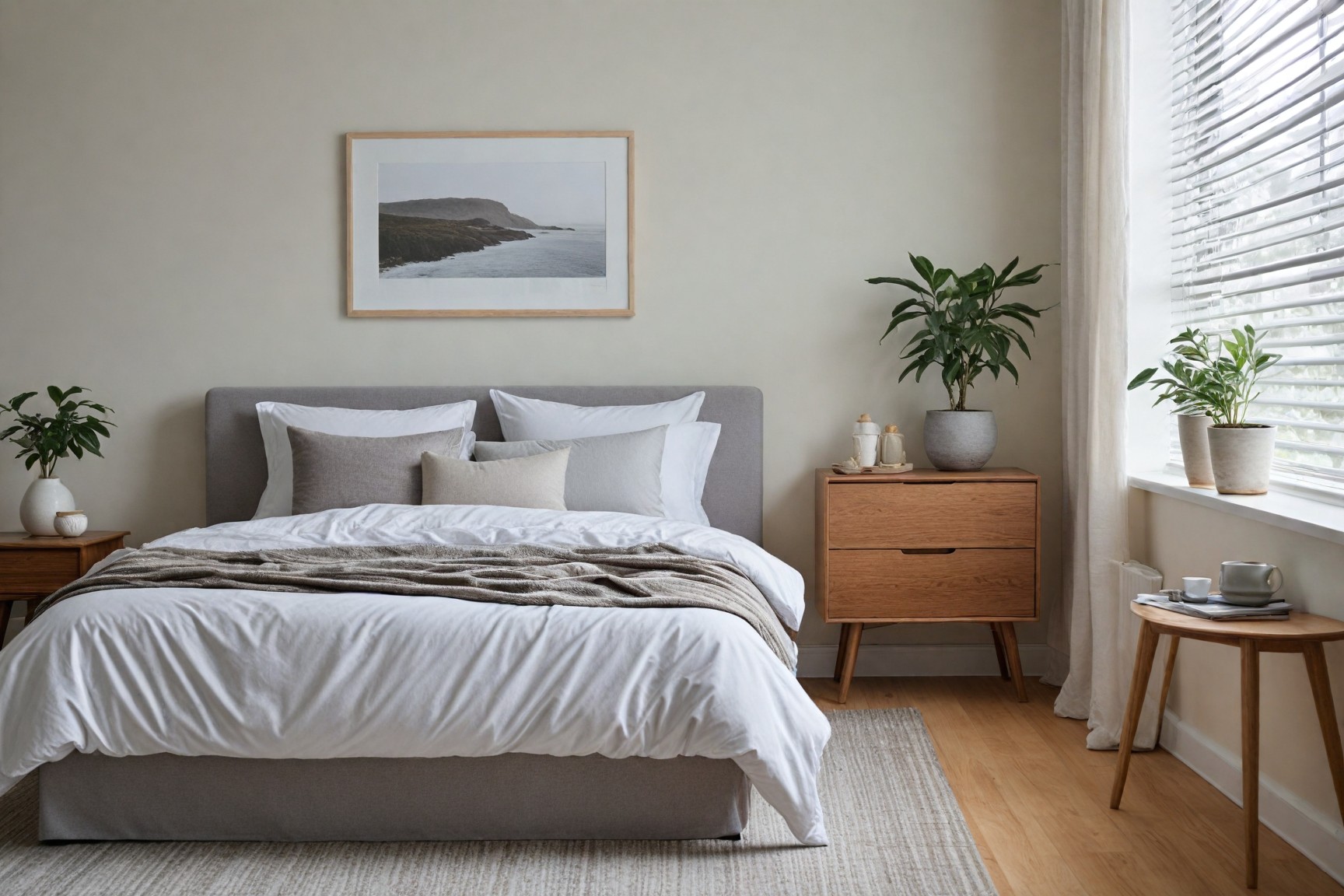
Tip: Use under-bed storage and minimalist nightstands to maximize space.
Minimalist Kitchen
A minimalist kitchen emphasizes functionality and simplicity. Use clean lines, sleek cabinets, and minimal countertop appliances. Open shelving can keep the space airy, but be mindful to keep it tidy and uncluttered.
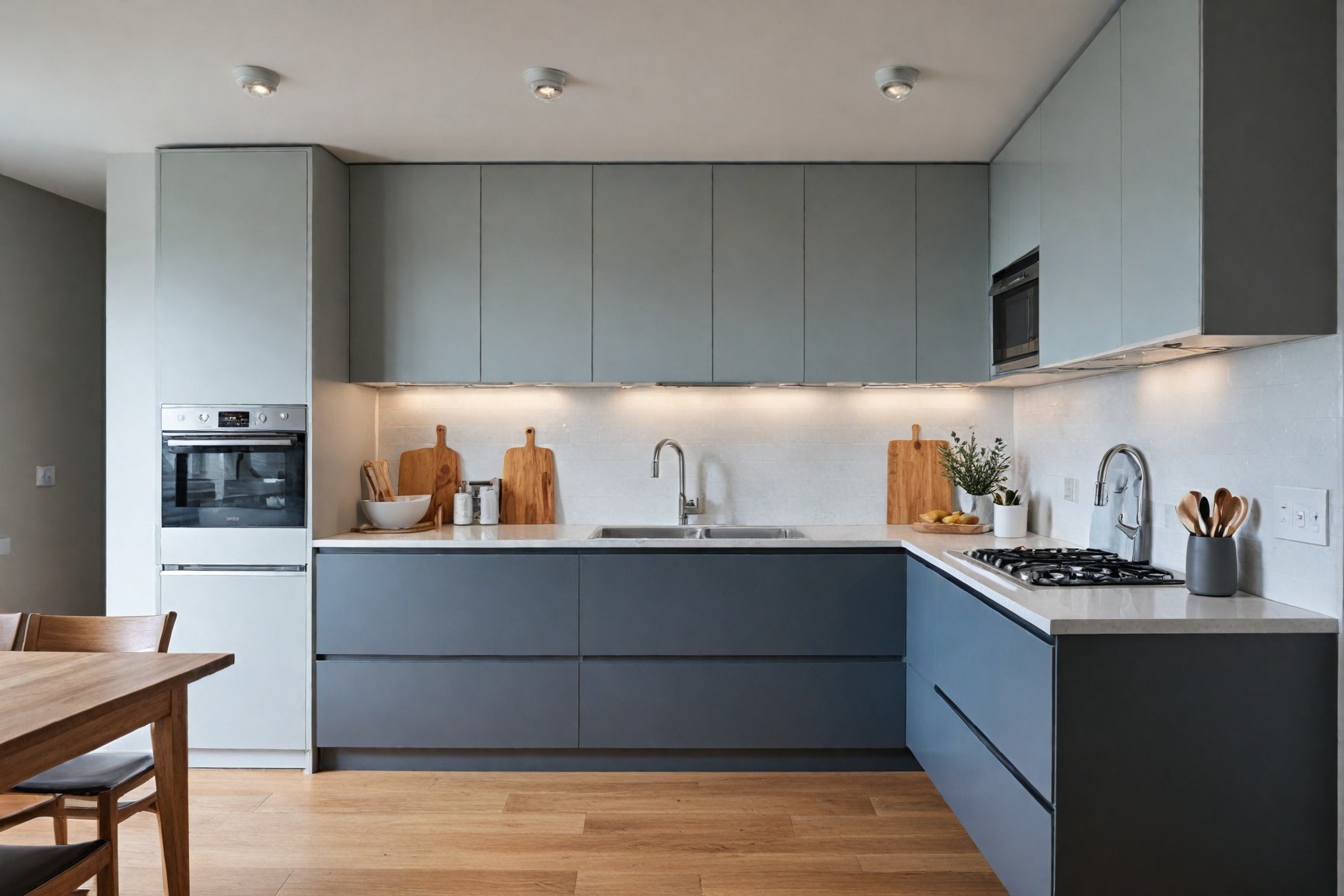
Tip: Choose integrated appliances and hidden storage solutions to maintain a clean look.
Minimalist Home Office
A minimalist home office should be both functional and visually calming. Opt for a simple desk, ergonomic chair, and minimal decor. Keep the workspace organized with cable management solutions and built-in storage.
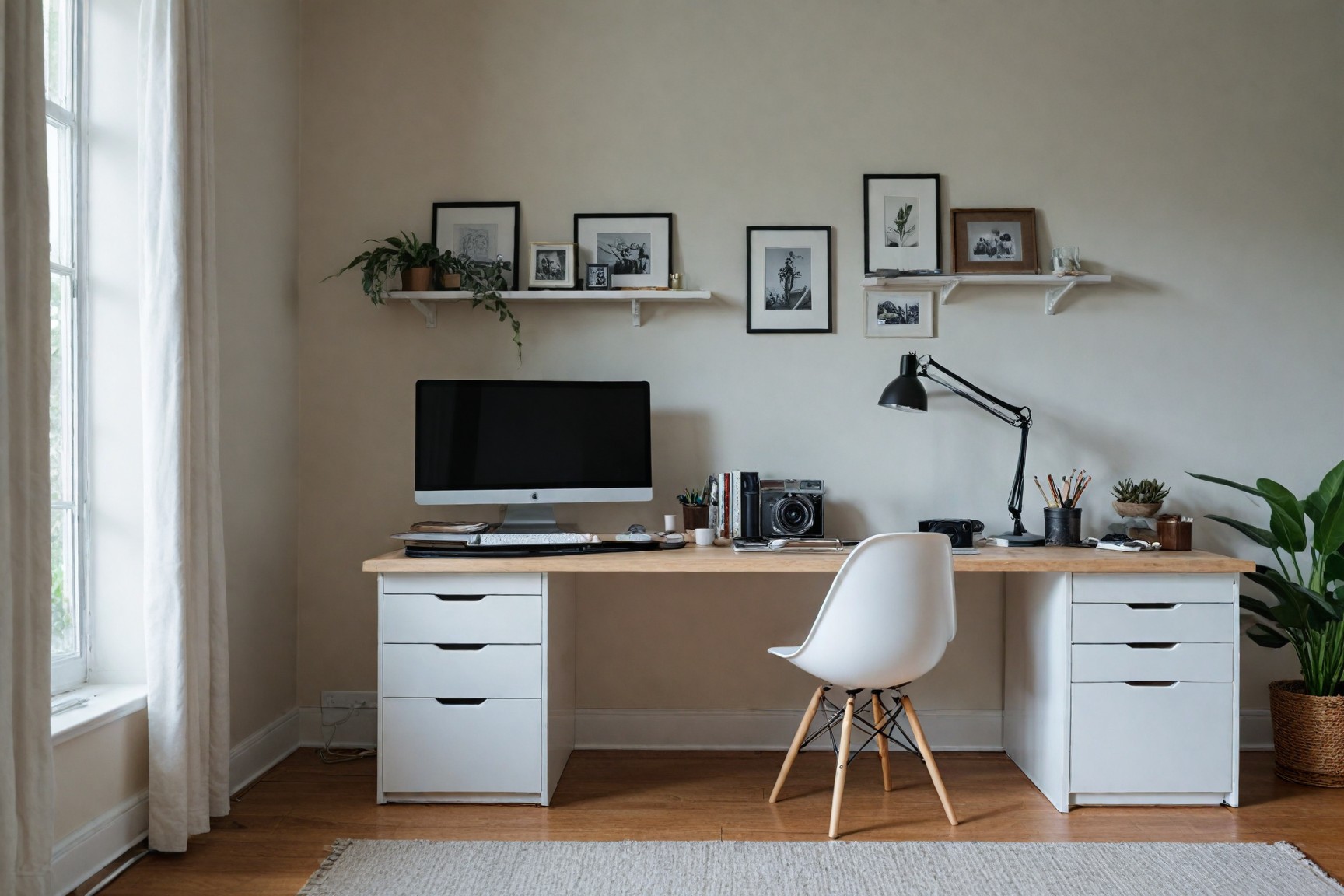
Tip: Use wall-mounted shelves to free up desk space and keep essentials within reach.
Mastering Minimalist Interior Design
Choosing the right interior design style is essential for creating a space that reflects your personality and meets your functional needs. By understanding various styles and incorporating your personal preferences, you can create a harmonious and inviting home.
Create Stunning Minimalist Spaces - Sign Up Today!
Discover the future of home decor with ShopDeft, the ultimate AI interior design platform. Transform your space effortlessly and find the perfect furniture to match your minimalist style.
Start simplifying your space today and experience the peace and elegance that minimalist design brings to your home.
Frequently Asked Questions About Minimalist Interior Design
How Do I Maintain a Minimalist Space with Kids or Pets?
Maintaining a minimalist home with children or pets requires thoughtful planning. Choose durable, easy-to-clean materials and invest in multifunctional furniture that provides hidden storage. Opt for minimalist decor that is both kid-friendly and pet-friendly, such as washable rugs and sturdy furniture.
What Are the Best Storage Solutions for Minimalist Homes?
Innovative storage solutions are key to keeping clutter at bay in a minimalist home. Consider hidden storage options, such as built-in cabinets and under-bed storage. Multifunctional furniture, like storage ottomans and benches, also helps maximize space.
How Can I Add Color to a Minimalist Space Without Overwhelming It?
Introduce subtle color accents to enhance a minimalist space without overwhelming it. Use neutral base colors and add pops of color through accessories like cushions, artwork, and plants. Stick to a limited color palette to maintain cohesion.
What Are the Common Mistakes to Avoid in Minimalist Design?
Common pitfalls in minimalist design include overcrowding the space, neglecting storage needs, and ignoring functionality. Avoid these mistakes by keeping decor simple, ensuring adequate storage, and prioritizing functional pieces that serve a purpose.
How Can I Create a Minimalist Home Office?
To set up a functional and aesthetically pleasing minimalist home office, choose simple and ergonomic furniture. Keep the workspace organized with hidden storage solutions and minimal decor. Use clean lines and a neutral color palette to create a calm and focused environment.
